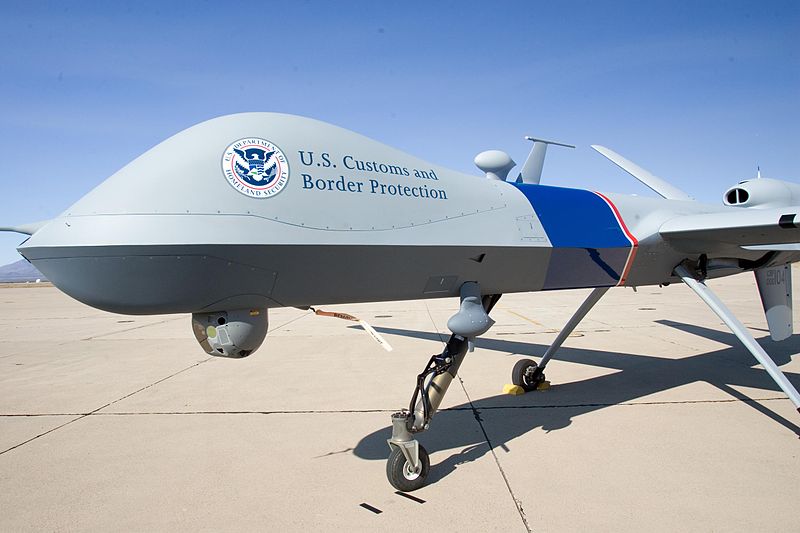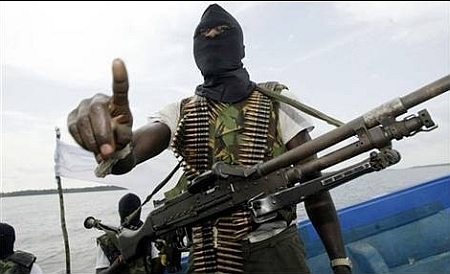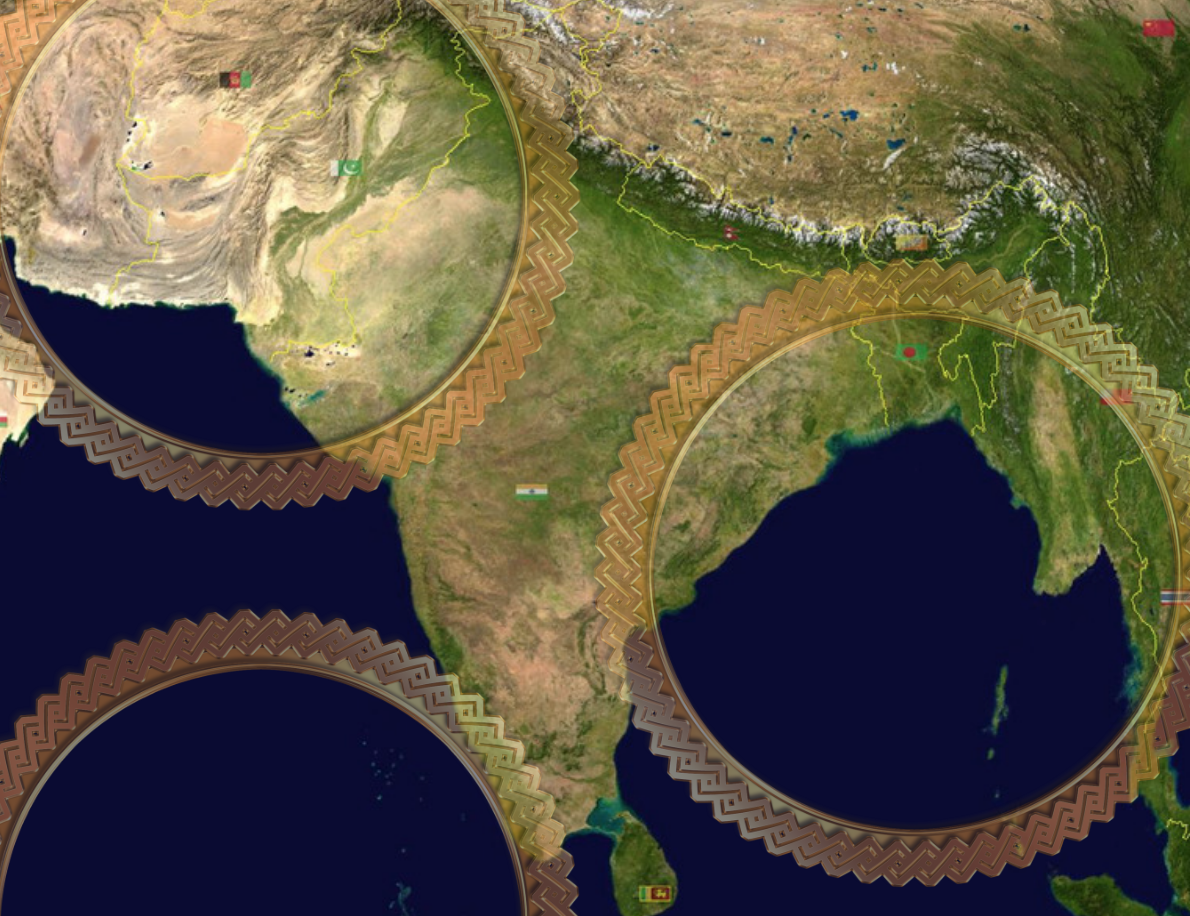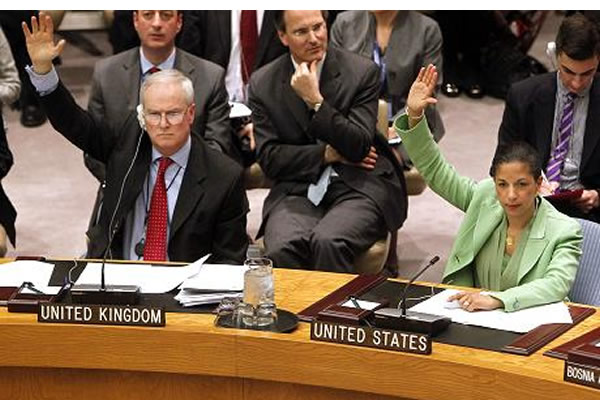Over the last few years, new surveillance technologies have been adopted by NATO militaries. However, NATO countries have not limited their use of this surveillance technology to military operations alone; they also increasingly deploy it to scrutinize domestic civilian protests. What ethical issues does this practice raise?
Recent acts of violence involving several African-Americans, notably George Floyd’s murder by a white police officer on May 25th, in Minneapolis, catalyzed protests against systemic racism and police brutality in the United-States. Revivifying the Black Lives Matter movement, these events gave rise to a wave of demonstrations that mobilized tens of thousands of Americans across the country. While these protests were mostly peaceful, they quickly became a security concern for the authorities, which took measures to keep the situation under control.
Since the beginning of the nationwide outcry in late May, several agencies, as well as local police departments, have used military-grade technology to monitor the protests from above. While the Department of Homeland Security deployed airplanes and helicopters over 13 protesting cities, National Guard Reconnaissance planes, such as the RC-26B, were also spotted circling over Washington D.C. and Las Vegas on June 2nd. These aircraft, equipped with infrared and electro-optical cameras, are typically used in warzones. Furthermore, according to data collected by ADS-B Exchange, a global flight tracking network, a Cessna 560 was also detected above the Washington D.C. protest. This type of aircraft is known for carrying so-called dirtboxes – devices used to gather cellphone information and track their location by acting as fake cell-towers on which phones connect themselves.
In addition to these aircraft, Customs and Border Protection (CBP), a branch of the Department of Homeland Security, also allegedly deployed a surveillance drone over Minneapolis. Departing from Grand Forks Air Base, the drone was spotted over the protesting city on May 29th, flying in a hexagon shape at a high-altitude. First identified on Twitter as a CBP-104 by Jason Paladino, an investigative reporter at the Project on Government Oversight (POGO), this unmanned aircraft is known as a Predator drone, typically used along the U.S. borders to look for illegal crossings.
According to the New York Times, these aircraft recorded approximately 270 hours of footage logged on BigPipe, a video and image distribution network managed by Homeland Security and dedicated to ensuring domestic security. The data, which can be stored for as long as five years, is accessible to the federal and local authorities and can be used for future criminal investigations.
However, the current Black Lives Matter protests’ monitoring goes against the Department of Homeland Security’s recommendations made under the previous administration. A 2015 report addressing the use of drones stated that, “unmanned aircraft system-recorded data should not be collected, disseminated or retained solely for the purpose of monitoring activities protected by the U.S. Constitution, such as the First Amendment’s protections of religion, speech, press, assembly, and redress of grievances (e.g., protests, demonstrations).”
What is at stake?
The increasing use of surveillance technology by the U.S. government has vast implications for civil rights and liberties, which are a safeguard of American liberal democracy. Not only might this surveillance constitute an infringement on certain individual rights to privacy, but it can also impact the citizenry at a collective and political level. According to Dr. Benjamin Goold, Associate Professor at the University of British Columbia Faculty of Law and a Research Associate at the Oxford University Centre for Criminology, “privacy has a vital public dimension” as it is essential to the maintenance of democracy. The principle of privacy sets a limit to the state’s prerogatives and delineates the extent of its power, as well as allowing citizens to exercise their political rights. While governments often invoke the need for safety and security to justify surveillance measures, citizens, on the other hand, might fear retaliation for expressing their political views while being watched.
This concern was addressed on June 9th in a letter signed by 35 members of the U.S. House of Representatives, demanding the cessation of peaceful protest surveillance. Directed towards the FBI, the National Guard, the DEA, and CBP, the document underlines the “significantly chilling” effect of these surveillance measures on First Amendment rights, which protect Americans’ right to assemble and protest peacefully. In a statement released on May 29th, the CBP explained that the drone in Minneapolis was deployed to provide “situational awareness” to the authorities and maximize “public safety.” Besides, the aircraft, CBP protested, was “neither armed nor equipped with facial recognition technology and flew at a height that made it impossible to identify individuals or license plates.”Still, the mere risk that the government could identify the demonstrators and initiate prosecution against them could discourage Americans from invoking their right to protest, especially if the data is stored and accessible to authorities via BigPipe.
Hence, the widespread use of surveillance technology during protests might have a corrosive effect on American democracy, hindering the citizens’ freedom of expression and association, thus making criticism towards the government more difficult.
The use of technology for surveillance purposes is becoming a significant issue for societies and governments, especially in the current political and social climate marked by civil unrest and mass protests that are erupting in the United-States, as well as in Canada and Europe. In France, a representative from a center-right party, Les Républicains, submitted a bill to the National Assembly on May 26th to make law enforcement officers unidentifiable in images broadcasted by the media, in order to protect them from “police bashing.” Such a law could deny the public’s right to information as well as hinder the right for journalists to observe and report situations implicating security forces, notably during protests, in a time where France is dealing with similar police brutality issues.
As it increasingly relies on technology, occasionally military-grade, civilian surveillance is becoming a central preoccupation for NATO countries. Data is now a political tool in the power play between the authorities and the population. This issue falls within the everlasting debate in regards to the balance between security and freedom, and could have significant repercussions on civil liberties and liberal democracies.
_________________________________________________________________________________________________________
Cover Image: U.S. Customs and Border Protection (CBP) unmanned aerial vehicle of the CBP Air and Marine Unmanned Aircraft System (2006), by Gerald Nino via Wikipedia Commons. Public Domain.
Disclaimer: Any views or opinions expressed in articles are solely those of the authors and do not necessarily represent the views of the NATO Association of Canada.




